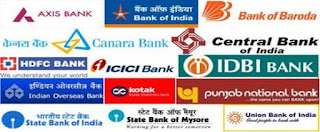With public sector banks under pressure to tackle their dismal bad loan scenario, consolidation is the way forward, and this could bring down the number of lenders to about six from the present 27, participants in the recently-held Gyan Sangam, a retreat for chiefs of public sector banks and financial institutions, told HT.
The time frame for the mergers will ensure there are no disruptions, the sources said. As banks are short-staffed, a downsizing would not be required, they said.
An expert committee, which will be soon set up to look into the issue, will closely work with the Banks Board Bureau (BBB) to identify the right matches for consolidation. The BBB, which will independently oversee consolidation and chalk out business plans for public sector banks, is set to be put in place by April 1, 2016.
Since it is not feasible to bring down the government’s share in state-owned banks below 51%, consolidation to create strong banks is the only survival option, the sources said. Issues such as technology, asset base, regional strength and cultural match would be critical in chalking out strategies and identifying banks.
“At present, public sector banks are fighting with each other for market share, but with so many payments and small finance banks coming in, the need is to consolidate and focus on strengthening the balance sheets to create big banks,” said a senior government official who did not wish to be identified.
The finance ministry is already looking to merge the newly-launched Bharatiya Mahila Bank.
Until now, the government has maintained that it would not have any role to play in the merger exercise of public sector banks. The official said that in case certain banks show unwillingness, despite plans being chalked out by the BBB and the expert committee, then the government would intervene.




